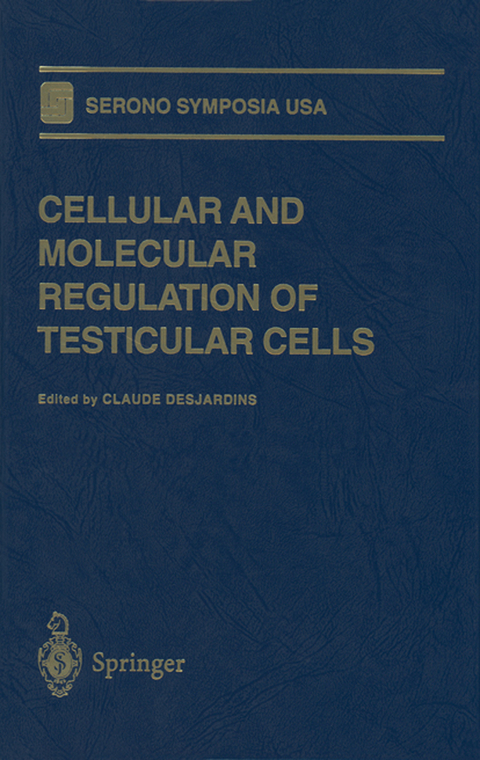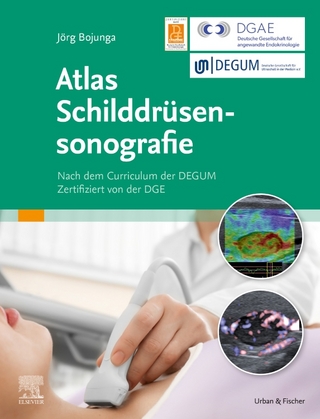
Cellular and Molecular Regulation of Testicular Cells
Springer-Verlag New York Inc.
978-1-4612-7519-0 (ISBN)
1. Evolution of the Testis Workshop: 1972–1995.- I. Molecular Dissection of the Cell Cycle.- 2. From Start to S Phase: Early Events in the Yeast Cell Cycle.- 3. Oocyte Activation and Passage Through the Meiotic Cell Cycle in Xenopus Laevis.- II. Germ-Cell Differentiation.- 4. Establishment of Meiotic Germ-Cell Lines and Then-Use to Study Spermatogenesis In Vitro.- 5. Mouse Spermatocyte Chromosome Cores: Protein and DNA Organization.- 6. CREM? Activates the Spermatid-Specific RT7 and Mouse Protamine 1 Promoters.- 7. Role of Vitamin A in Male Germ-Cell Development.- 8. Alternative Forms and Functions of the c-kit Receptor and Its Ligand During Spermatogenesis.- 9. The IGF-II/Cation-Independent Mannose 6-Phosphate Receptor Mediates Changes in Spermatogenic Cell Gene Expression.- III. Macromolecules and Organelles Unique to Germ Cells.- 10. Testis-Specific Gene Transcription.- 11. Molecular and Cellular Biology of Novel Cytoskeletal Proteins in Spermatozoa.- 12. Promoter Analysis of Male Germ-Cell-Specific Genes: Nuclear Transition Protein-1 and Histone H1t.- IV. Hormone Aetion and Transport Mechanisms.- 13. Androgen Receptor Distribution in the Testis.- 14. Testicular Androgen Receptor Protein: Distribution and Control of Expression.- 15. Role of Carrier Proteins in the Movement and Metabolism of Retinoids in the Seminiferous Tubule.- 16. Transport Mechanisms for Endocrine and Paracrine Factors in the Testis.- V. Cell and Molecular Biology of the Leydig Cell.- 17. Hormonal Regulation of the Differentiation of Leydig Cells from Mesenchymal-Like Progenitors During Puberty.- 18. Developmental and cAMP-Dependent Regulation of CYP17 Gene Expression.- 19. A Cell-Specific Nuclear Receptor Plays Essential Roles in Reproductive Function.- 20. Activating Mutations of theLuteinizing Hormone Receptor Gene in Familial Testotoxicosis.- VI. Regulation of Steroidogenesis.- 21. Characterization of the Protein Responsible for the Acute Regulation of Steroidogenesis in Mouse Leydig Tumor Cells.- 22. Diazepam-Binding Inhibitor and Peripheral Benzodiazepine Receptors: Role in Steroid Biosynthesis.- Author Index.
| Reihe/Serie | Serono Symposia USA |
|---|---|
| Zusatzinfo | XVIII, 371 p. |
| Verlagsort | New York, NY |
| Sprache | englisch |
| Maße | 155 x 235 mm |
| Themenwelt | Medizin / Pharmazie ► Medizinische Fachgebiete ► Gynäkologie / Geburtshilfe |
| Medizinische Fachgebiete ► Innere Medizin ► Endokrinologie | |
| Studium ► 1. Studienabschnitt (Vorklinik) ► Biochemie / Molekularbiologie | |
| Studium ► 1. Studienabschnitt (Vorklinik) ► Histologie / Embryologie | |
| Studium ► 1. Studienabschnitt (Vorklinik) ► Physiologie | |
| Studium ► 2. Studienabschnitt (Klinik) ► Humangenetik | |
| Naturwissenschaften ► Biologie ► Genetik / Molekularbiologie | |
| Naturwissenschaften ► Biologie ► Humanbiologie | |
| ISBN-10 | 1-4612-7519-9 / 1461275199 |
| ISBN-13 | 978-1-4612-7519-0 / 9781461275190 |
| Zustand | Neuware |
| Haben Sie eine Frage zum Produkt? |
aus dem Bereich


